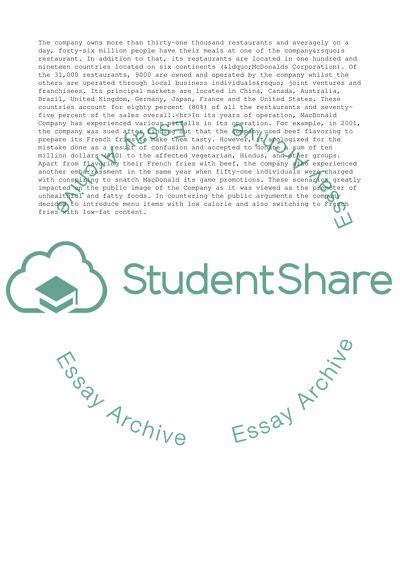Cite this document
(“McDonald Company in India Assignment Example | Topics and Well Written Essays - 3250 words”, n.d.)
McDonald Company in India Assignment Example | Topics and Well Written Essays - 3250 words. Retrieved from https://studentshare.org/management/1773367-research-project-11-questions
McDonald Company in India Assignment Example | Topics and Well Written Essays - 3250 words. Retrieved from https://studentshare.org/management/1773367-research-project-11-questions
(McDonald Company in India Assignment Example | Topics and Well Written Essays - 3250 Words)
McDonald Company in India Assignment Example | Topics and Well Written Essays - 3250 Words. https://studentshare.org/management/1773367-research-project-11-questions.
McDonald Company in India Assignment Example | Topics and Well Written Essays - 3250 Words. https://studentshare.org/management/1773367-research-project-11-questions.
“McDonald Company in India Assignment Example | Topics and Well Written Essays - 3250 Words”, n.d. https://studentshare.org/management/1773367-research-project-11-questions.


